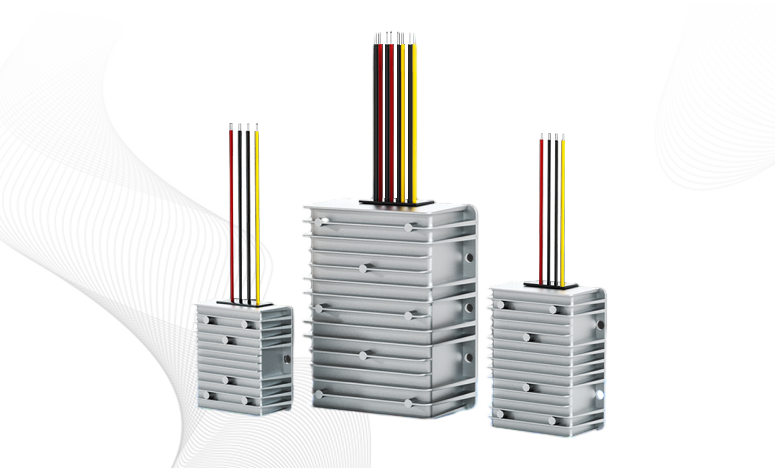Buck Boost Converter Application in Renewable Energy System
With the global shift towards renewable energy sources, photovoltaic (PV) and wind energy systems have become crucial components of the energy supply chain. However, the fluctuating nature of these energy sources requires efficient power management and conversion solutions. The Buck-Boost converter, a versatile DC-DC converter topology, plays a key role in stabilizing and optimizing energy conversion.

Buck-Boost Converter in Photovoltaic Systems
A photovoltaic energy system consists of PV panels, Buck boost DC-DC converters, Maximum Power Point Tracking (MPPT) controllers, inverters, and storage units. Since PV modules generate varying DC voltage due to changing sunlight conditions, a Buck-Boost converter is essential for voltage regulation and efficiency enhancement.
MPPT and Buck-Boost Converter
MPPT techniques ensure maximum power extraction from PV panels by dynamically adjusting the operating point. The Buck-Boost converter facilitates this process by adapting to varying input voltages while maintaining a stable output voltage.
Common MPPT Algorithms: Perturb and Observe (P&O), Incremental Conductance (IncCond), and AI-based methods (fuzzy logic, neural networks).
Buck-Boost Converter Role:
- When input voltage is lower than the required level, the converter operates in Boost mode.
- When input voltage is higher, it operates in Buck mode.
- Provides seamless voltage regulation for grid integration and battery charging.
Energy Storage Integration
Given the intermittent nature of solar energy, storage systems (such as lithium-ion batteries and supercapacitors) help balance supply and demand. The Buck-Boost converter enables bidirectional energy flow between the PV array and storage units, improving system reliability.
Buck-Boost Converter in Wind Energy Systems
Wind energy systems consist of wind turbines, generators (such as direct-drive permanent magnet synchronous generators), rectifiers, DC-DC converters, and inverters. Due to wind speed fluctuations, a Buck-Boost converter ensures stable and optimized power conversion.
Key Roles of Buck-Boost Converter
- Voltage Stabilization: The wind turbine output varies with wind speed; the converter stabilizes DC bus voltage.
- MPPT Control: By adjusting the duty cycle, the converter ensures maximum power extraction.
- Storage Adaptation: Wind farms often include energy storage to balance power generation; the converter regulates charging and discharging cycles.
Common Applications
- Boost mode: When wind speed is low, the converter raises voltage for grid compliance.
- Buck mode: When wind speed is high, it steps down voltage to prevent overvoltage issues.
- Soft switching techniques: Used to enhance efficiency and reduce switching losses.
Buck-Boost Converter in Renewable Energy Microgrids
Renewable energy microgrids integrate PV, wind, and storage systems to create a self-sustaining power network. The Buck-Boost converter plays a vital role in:
- DC bus voltage regulation: Ensures stability across multiple energy sources.
- Energy storage management: Enables bidirectional power flow between batteries and loads.
- Electric vehicle charging: Adapts voltage levels for EV charging stations.
While the linear voltage regulator excels in simplicity, low noise, and cost-effectiveness, its low efficiency and significant heat dissipation make it less suitable for high-power scenarios or when a large difference exists between input and output voltage. Additionally, linear regulators tend to be less efficient when stepping down from high input voltages to much lower output voltages, which leads to wasted energy in the form of heat.
The Buck-Boost converter is a critical component in renewable energy systems, providing essential voltage regulation, MPPT, and energy management functions. By optimizing topology, improving efficiency, and integrating intelligent control, these converters can significantly enhance the performance and reliability of solar, wind, and microgrid applications. With advancements in power electronics and control strategies, Buck-Boost converters will continue to play a pivotal role in the widespread adoption of renewable energy solutions.


